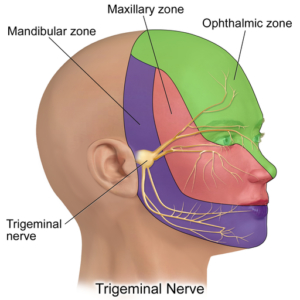If you suffer from migraine headaches, you are not alone. In fact, the National Institutes of Health reports that around 12 percent of the U.S. population gets them.
Migraine headaches are recurring attacks of pain that people experience which range from moderate to severe, including pain throbs or pulses. Many things trigger migraine headaches, including anxiety, stress, exposure to light, and even a lack of sleep or food.
Relieving Migraine Headache Pain
There’s a new non-invasive device that may help people prevent migraines by using it just 20 minutes per day. In the May 2017 issue of the journal Neurological Sciences, researchers share information about a preliminary trial on a transcutaneous supraorbital neurostimulation device that has been approved by the U.S. Food and Drug Administration.
The device, called the Cefaly, is small, yet promises to deliver big results. Using adhesive, the device is placed on the person’s forehead for 20 minutes per day. The neurostimulation device delivers external stimulation to the trigeminal nerve in the head.

Migraine Pain Relief Results
By delivering the stimulation to the trigeminal nerve, the device helps to prevent migraines. In fact, in the preliminary study, researchers recruited 23 headache center patients who had chronic migraines.
Patients used the device for 20 minutes per day, over a four-month period. The results showed that patients had a 50% reduction in monthly migraine days, as well as a 50% reduction in the monthly medication use over the four-month period.
A recent study from the International Headache Society showed that 29% of patients were pain-free and 79% of patients achieved “significant pain relief” after one hour, compared to 6% and 39% in the placebo group respectively.
Acute Migraine Therapy
Cephaly offers those with migraines a tool that offers the benefits of preventing pain, is non-invasive and doesn’t use drug therapy. The Cefaly device is also safe, offering the best safety efficacy ratio compared to anti-migraine oral medication. By delivering precise micro-pulses to the trigeminal nerve, it is able to reduce migraines. This form of treatment has been used in numerous clinical studies since 2008, showing that it’s safe and effective.
The device has been used successfully for those with episodic migraines, but there is no data as of yet for those with chronic migraines. Episodic migraines are experienced less than 14 days per month, while chronic migraines are characterized as occurring 15 days or more per month, for more than a three-month period.
This is great news for those who have experienced migraines and would like to avoid medications. The device is small, easy to use, and preliminary studies show promising results.